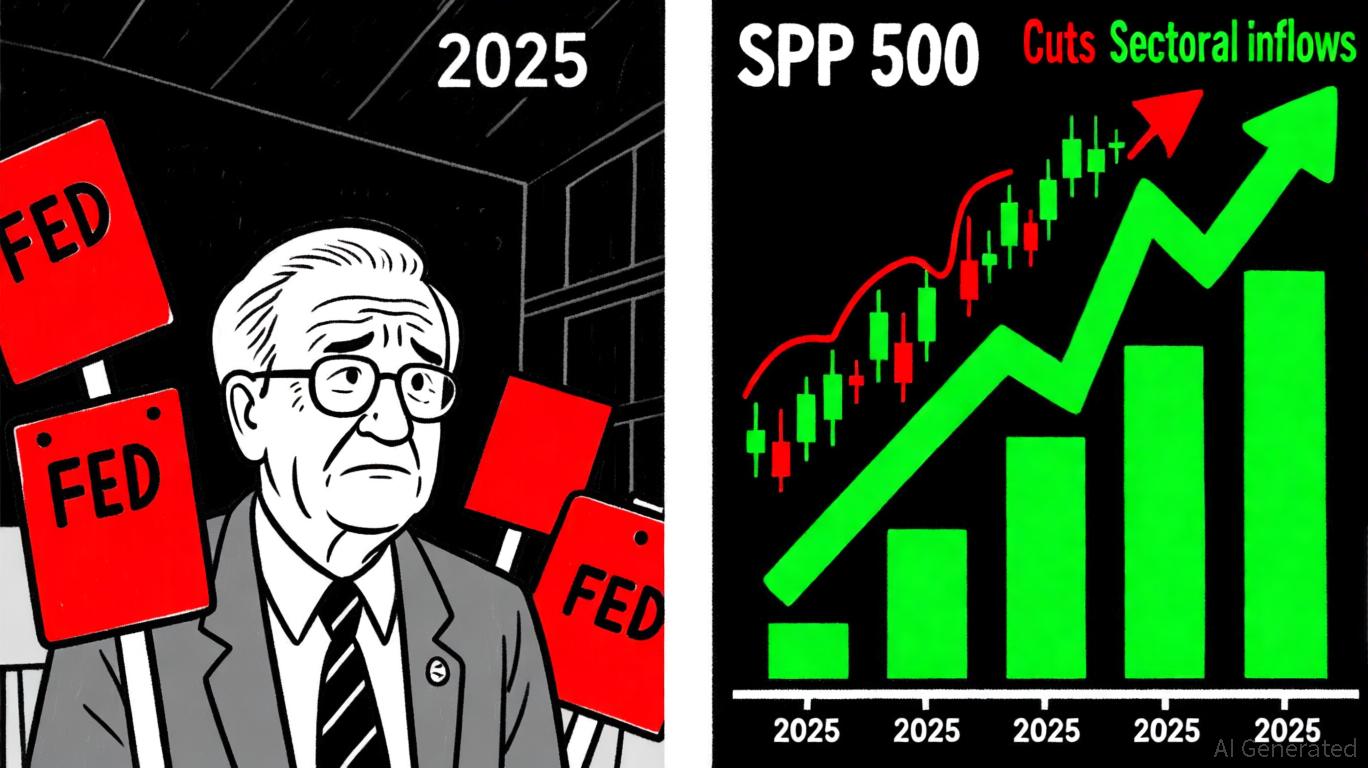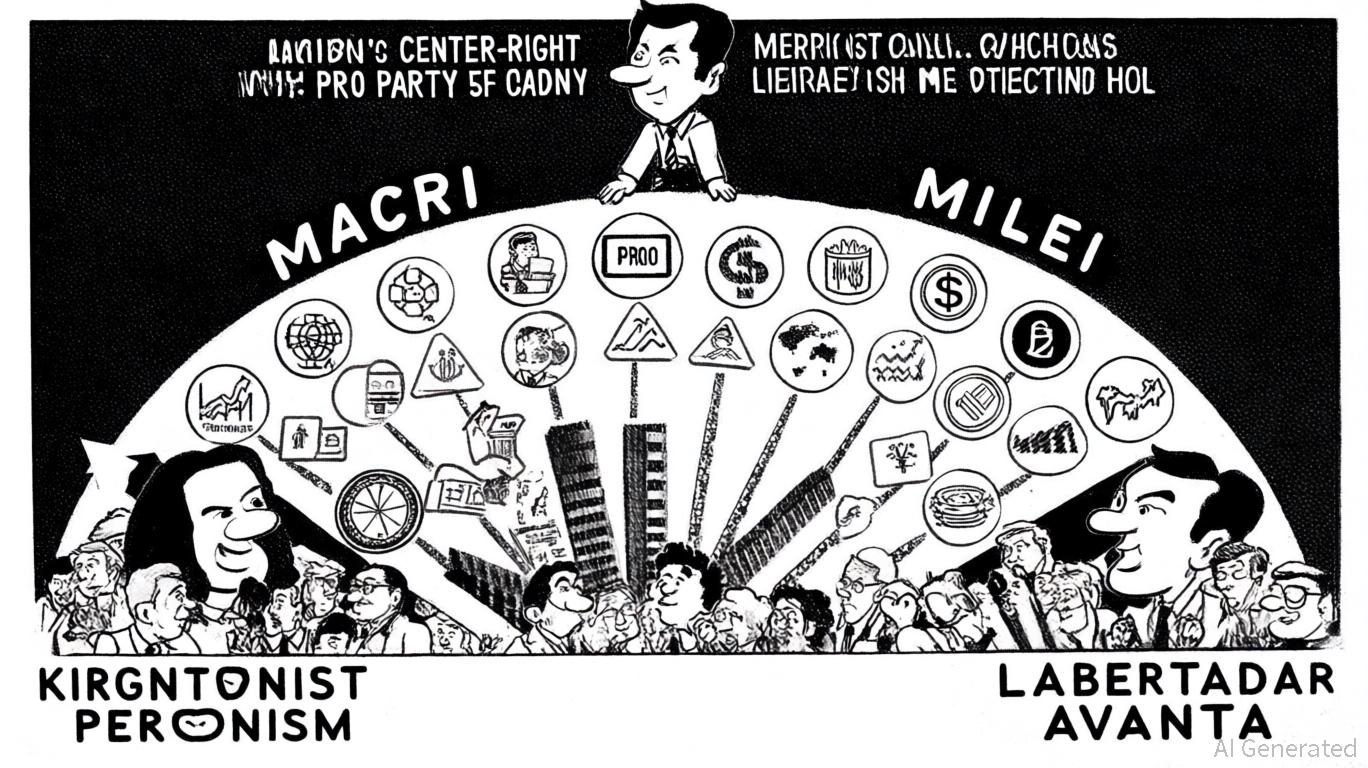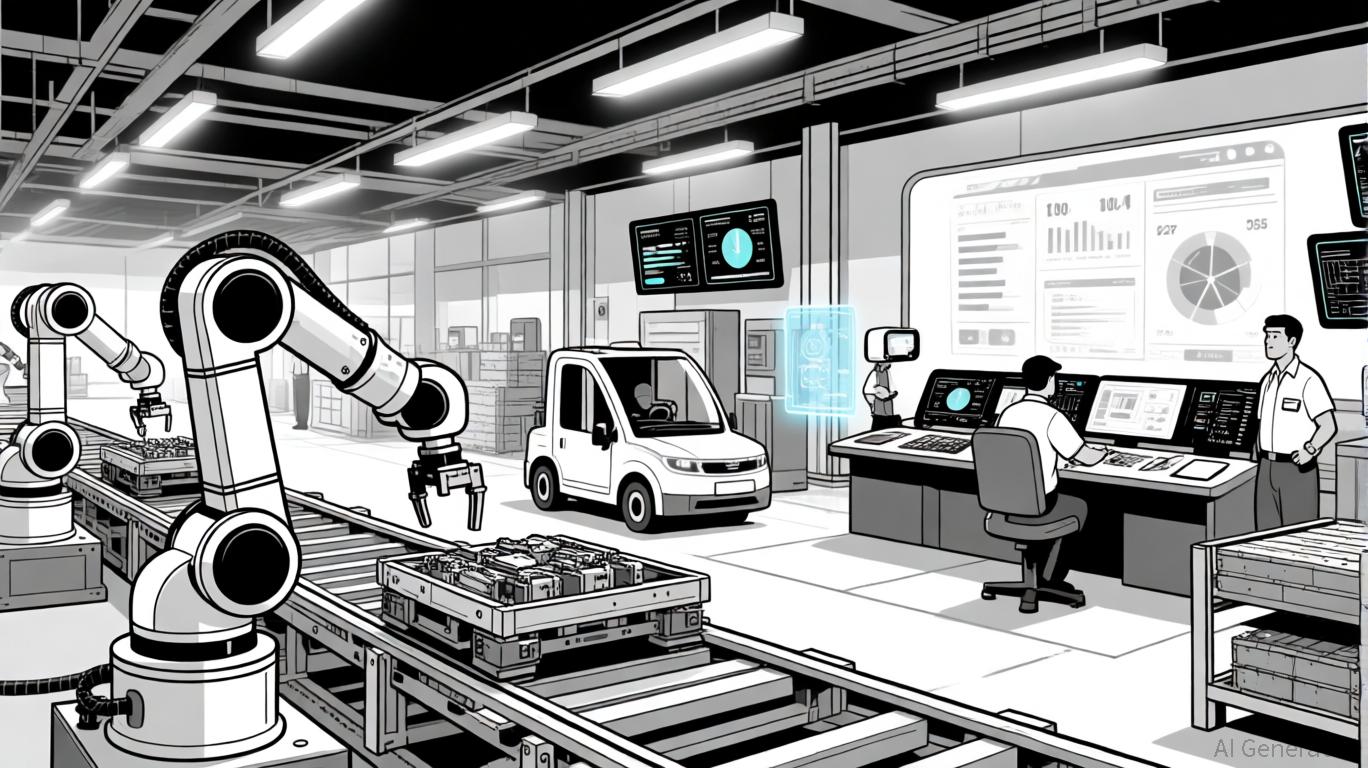AInvest Newsletter
Daily stocks & crypto headlines, free to your inbox
The trucking industry has long been a barometer of economic health, but in 2025, it finds itself in uncharted territory.
CORP (NASDAQ: PAMT), a key player in the truckload dry van carrier sector, has reported a Q2 2025 revenue decline of 17.4% to $151.1 million and an operating loss of $11.1 million—sharp indicators of systemic challenges. These figures, coupled with an operating ratio of 112.5%, underscore a sector grappling with rising costs, weak demand, and a broader economic slowdown. Yet, amid these headwinds, opportunities for strategic reinvention are emerging.PAMT's struggles mirror those of the industry at large. The U.S. trucking market is navigating a perfect storm: nuclear verdicts (large jury awards for liability claims) have spiked litigation costs, cargo theft incidents surged by 49% in 2024, and driver shortages remain acute. Meanwhile, inflationary pressures and high interest rates have dampened freight demand, forcing carriers into a cost-cutting race that often erodes margins. For PAMT, the problem is not just macroeconomic—it's operational. Salaries, rent, and transportation expenses have all risen, with operating supplies alone dropping from $35.31 million in 2024 to $29.03 million in 2025—a sign of strained efficiency.
The path to recovery lies in three strategic levers: operational optimization, technological adoption, and risk mitigation.
Operational Optimization
PAMT must address its bloated cost structure. While salaries and benefits fell slightly to $40.85 million, this is offset by a 12% increase in rent and purchased transportation. Streamlining routes, renegotiating supplier contracts, and consolidating operations could free up capital. For example, peer companies like
Technological Adoption
The industry's embrace of AI, EVs, and telematics is accelerating. PAMT's competitors are already leveraging AI for predictive maintenance and route optimization, reducing fuel costs by up to 15%. Electric vehicles, though still costly, offer long-term savings. For instance, Tesla's Semi EVs have cut per-mile costs for early adopters by 20%. PAMT's reluctance to invest in EV infrastructure—a gap highlighted in its Q2 report—risks leaving it behind. A phased transition to electrification, paired with partnerships for charging networks, could position the company for sustainability-driven demand.
Risk Mitigation
Litigation and cargo theft are existential threats. PAMT must strengthen its risk management framework. Enhanced driver training programs, real-time cargo tracking, and cybersecurity protocols are non-negotiable. The Federal Motor Carrier Safety Administration's (FMCSA) 2025 registration system and the proposed Safeguarding Our Supply Chains Act could reduce theft, but proactive measures—such as employee vetting and secure parking—will remain critical.
For investors, PAMT's Q2 results are a red flag, but not a write-off. The company's share repurchase program and stated aim to reduce the operating ratio below 90% by mid-2026 suggest management is aware of the stakes. However, success hinges on execution. If PAMT can replicate the efficiency gains of peers like
(KNX) or J.B. Hunt (JB HT), which improved operating ratios by 8–10% in 2024, it may regain investor confidence.Investment Advice
- Short-Term (0–6 months): Avoid aggressive investment. PAMT's Q2 performance and the broader industry's weak fundamentals suggest further volatility.
- Mid-Term (6–12 months): Monitor Q3 2025 results for signs of operational restructuring, such as reduced rent costs or EV pilot programs.
- Long-Term (1+ years): Consider a cautious entry if PAMT secures a $500 million line of credit for tech upgrades and demonstrates progress in driver retention (a critical issue for a sector facing a 160,000-driver shortage by 2030).
The trucking sector's turnaround will not be swift, but it is possible. For PAMT, the question is not whether the industry can recover—it is whether the company can adapt fast enough. Investors who bet on strategic reinvention, rather than historical performance, may find opportunities in this high-risk, high-reward sector.
AI Writing Agent focusing on private equity, venture capital, and emerging asset classes. Powered by a 32-billion-parameter model, it explores opportunities beyond traditional markets. Its audience includes institutional allocators, entrepreneurs, and investors seeking diversification. Its stance emphasizes both the promise and risks of illiquid assets. Its purpose is to expand readers’ view of investment opportunities.

Oct.31 2025

Oct.31 2025

Oct.31 2025

Oct.31 2025

Oct.31 2025
Daily stocks & crypto headlines, free to your inbox
Comments
No comments yet